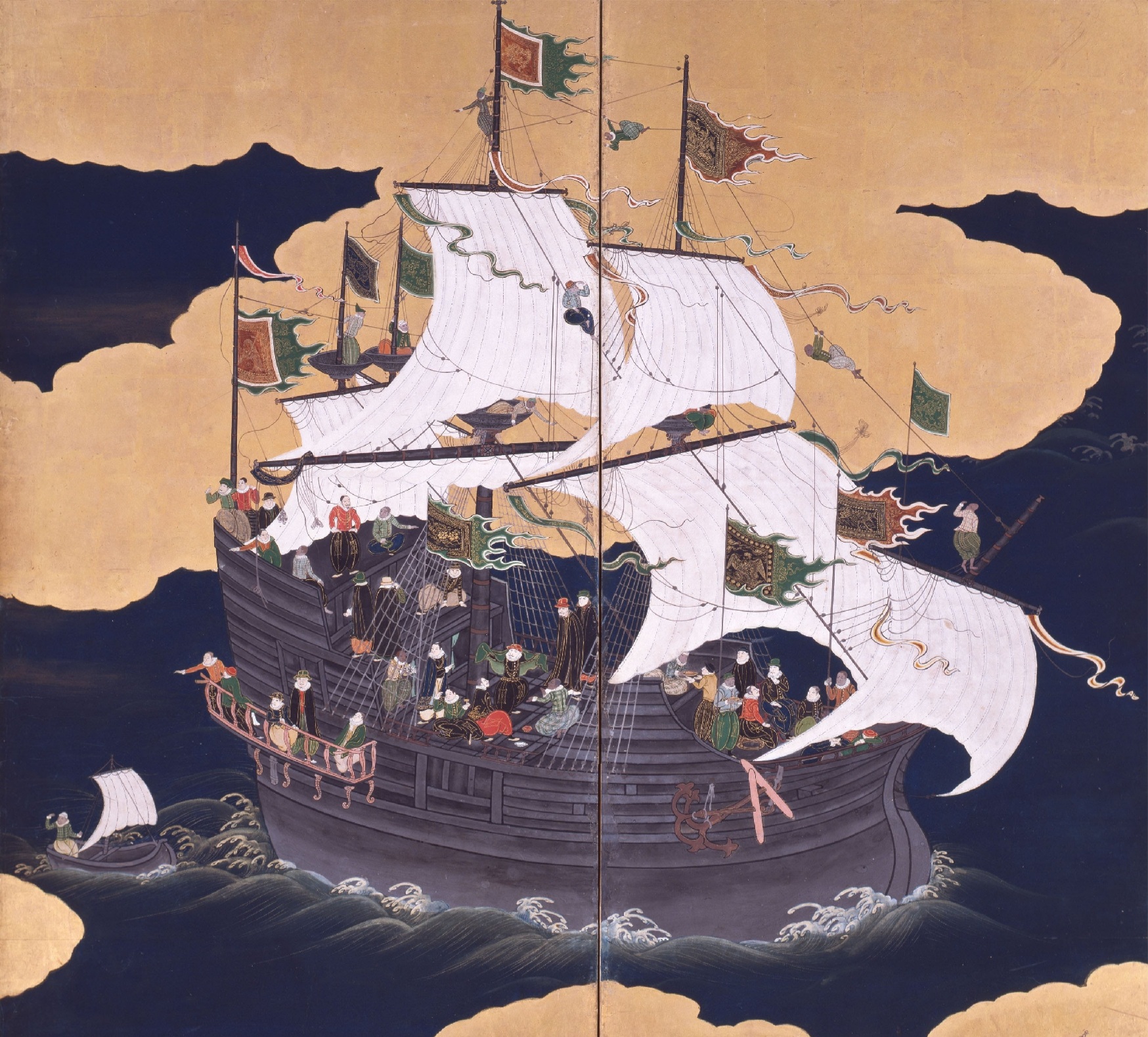 During the Age of Exploration, Europe's nations sailed all over the world looking for resources in distant new lands. Spain and Portugal were followed by the Dutch, who by the 17th century built their empire as other colonial powers declined. However, it was the English colonizers who made the greatest impact on the new world, as well as the Africans, and the American natives.
During the Age of Exploration, Europe's nations sailed all over the world looking for resources in distant new lands. Spain and Portugal were followed by the Dutch, who by the 17th century built their empire as other colonial powers declined. However, it was the English colonizers who made the greatest impact on the new world, as well as the Africans, and the American natives.When the Europeans discovered the new world, they brought with them an outpouring of commercial activity and a world market. The Dutch monopolized world trade, although they were still in competition with England and France.
Joint stock companies allowed individuals to trade shares and receive dividends on their investments, while a board of directors ran the company. In order to raise capital for international ventures, the Dutch East India Company
The implementation of the Bank in Amsterdam
Africans and natives became susceptible to new diseases brought by the Europeans, causing an enormous loss of population and a savagery of sorts in the mist of the work force.

Source
Africans were shipped by boat to work sugar plantations, devastating coastal areas in Africa. The triangular trade connecting Europe, Africa, and the American continent was a major hub of slave trade. Plantations were setup in Brazil and the Caribbean for the growth of cane sugar which required heavy labor and skill.
The Africans were depopulated by the Europeans, depriving families of their children and their strongest workers. Since there was constant movement of slave trading, chiefs were able to attain weapons to partake in warfare against neighboring Europeans. Settlers would often succumb to brutal beatings, and this most often would lead to the slaughter of their entire families, even children.
Black African slaves were largely acceptable in western society, as many Europeans believed that these slaves were inferior beings fit for nothing more than manual labor.
Upon the arrival of Europeans, the native's civilization was virtually destroyed. The population in the New World was decimated by diseases imported from these explorers. Social and economic structures were dissolved and replaced by European institutions including religion, language, and culture.
Spanish and Portuguese settlers were known to partake in sexual activities with natives, but they did marry them as well. The mix of interracial relationships resulted in offspring known as mestizos.
The Age of Exploration changed the world, destroying ancient civilizations with the establishment of new colonies. Local societies and trade patterns were reconstructed to benefit increasing wealth between the New World and the Old World. The European vision was to transform the world in order to embody all aspects of European tradition, culture, and language. In turn, their efforts changed the face of the world.
Photo Credits: Age of Discovery
More Interesting Reading
 Prior to age of exploration and discovery, Europeans had scant knowledge about the great globe on which they lived. China and Japan, which few European merchants traded, were like a far-off dreamed land. The Atlantic Ocean had no known boundary on the west, and Africa stretched on southward beyond all human knowledge.
Prior to age of exploration and discovery, Europeans had scant knowledge about the great globe on which they lived. China and Japan, which few European merchants traded, were like a far-off dreamed land. The Atlantic Ocean had no known boundary on the west, and Africa stretched on southward beyond all human knowledge.Read more about "What Stimulated The European Explorations" By silverspoon







0 Comments:
Post a Comment
We appreciate comments, but we delete SPAM.